SUMMARY
This is AI generated summarization, which may have errors. For context, always refer to the full article.
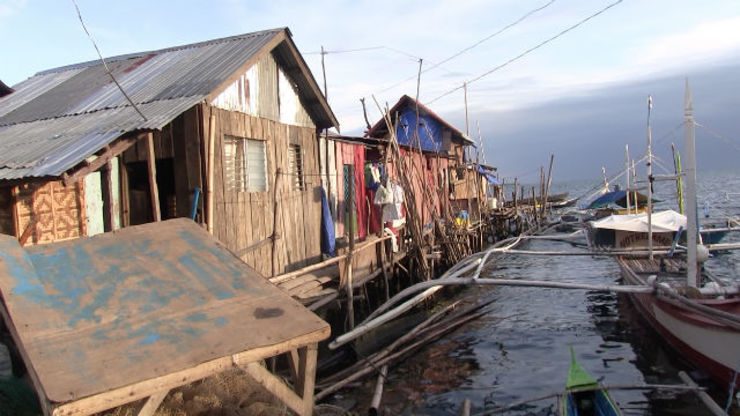
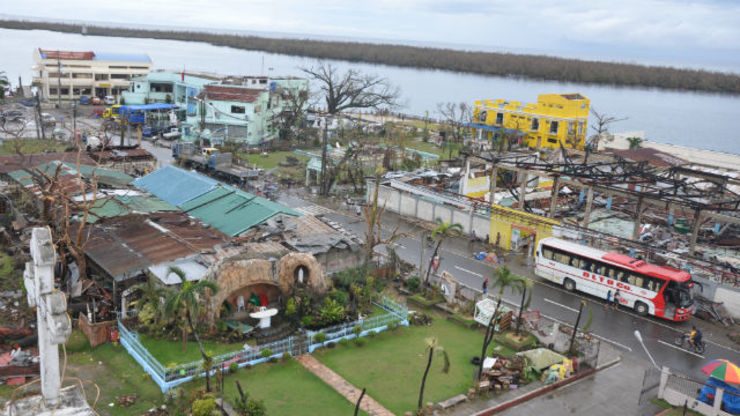
| Population | 62,000 |
| Land Area | 168.82 square kilometers |
| Barangays | Poblacion Barangays: 9 Coastal Barangas: 16 Highland Barangays: 25 Total: 50 |
| Natural Hazards | Storm Surge, Flooding, Landslide, Flashflood |
| Classificiation | 2nd Class Municipality |
Despite the town’s vulnerability, however, only 7 lives were lost in Haiyan’s aftermath – 4 people died when coconut trees fell on their homes, the other 3 died from health problems.
Nearby areas sustained more casualties – 40 people died in Ormoc City while around a thousand died in Palo, Leyte.
Mitigating risks by saving the environment
Being prepared helped.
When it was announced that Haiyan was forming in the Pacific – 2 days before the actual landfall on November 6 – the local government immediately ordered the residents in coastal areas to evacuate.
Since the town had no evacuation centers, residents were asked to go to their relatives or to strong buildings in elevated areas. Among those used to temporarily shelter evacuees were churches and houses made of strong materials.
Forcing people out of their homes even in the face of hazards was no easy task, so the local government provided residents with incentives. “We provided them with food and rice so they will evacuate to higher ground,” Oñate said.
Local officials believe, however, that what really helped Palompon survive the brunt of Haiyan is their strong focus on environmental protection.
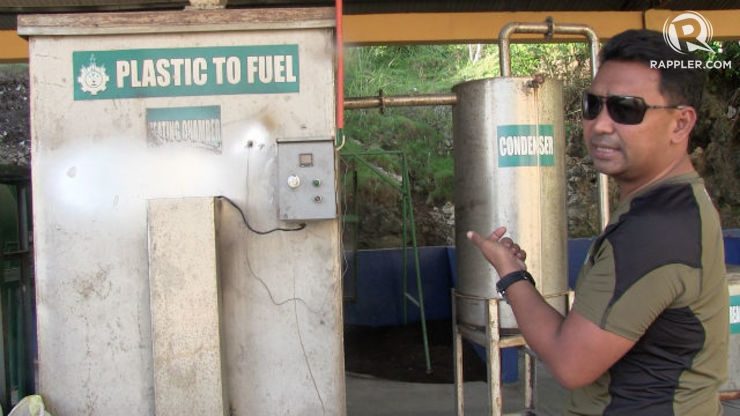
“Everything trickles down to the environment. It’s embedded in our DNA. We are in Leyte, a place that has been ravaged by typhoons since time immemorial. We need to protect the environment to save ourselves,” Raoul Bacalla, Palompon’s disaster risk reduction and management (DRRM) chief, said.
Palompon is noted for its solid waste management and marine resources conservation programs which won the Galing Pook Award in 1997. The town was also recognized as a model LGU by the Department of Environment and Natural Resources in 1998.
In 2010, the local government passed a resolution that requires residents to segregate garbage. The same year, the town’s old dumpsite was turned into an eco park, where biodegradable materials are converted into fertilizer for farmers. Non-biodegradables including plastic materials are also turned into bunker fuel.
Common thread
The local government also forged a deal with the local Department of Education (DepEd) officials that no 6th grade or 4th year high school student can graduate without undergoing basic training on environmental protection – basic mangrove management, local tourism appreciation, and solid waste management.
With this program, young residents of Palompon see the importance of taking care of their town’s resources, ensuring that the local government’s initiative is sustainable.
“The approach of the Education for a Cause is both upland and coastal, from ridge to reef,” Bacalla, who is also the environmental protection office head, said.
All these programs contributed to making the town more resilient to disasters, local officials believe.
When typhoons hit town, flood waters easily recede since the canals leading to the river and sea aren’t blocked by garbage. This makes it easy to clean up after typhoons.
“If you talk about disaster risk reduction, education for a cause, solid waste management, and ecotourism, what’s the common denominator in that? It’s the environment,” Bacalla said. “In order to live with (hazards), we have to be strong. In order to be strong, we have to work with our environment.”
Mangroves save lives
But what locals credit the most for saving lives and property during Haiyan was their mangrove plantation. Had it not been for the mangroves, they said, the town could have sustain more damages and more lives would have been lost. (READ: Mangroves are PH’s best shield vs climate change)
When Haiyan struck, Palompon faced storm surges of up to 3.6 meters high. The highest structures in the town’s shoreline were only 2 stories (approximately 6.6 meters) tall.
A mangrove plantation, located in an island a few hundred meters from the shoreline buffered the full impact of the waves.
“The mangroves saved us,” Oñate said.
Called Tabuk island, Palompon’s mangrove plantation was declared a fish and bird sanctuary in 1995, during the Oñate’s second term in office.
The original intention was to improve livelihood. At the time, locals were concerned over the fact that the mangroves were slowly being depleted. “Local fishermen said the mangrove island is actually a fish factory. I thought, why not declare that island a fish and bird sanctuary so that all the species can freely spawn there?” Oñate said.

No man’s land
Not everybody agreed with the plan at the start. Informal settlers living in the island protested. Some were afraid of losing their livelihood. After consultations with various sectors, the local government decided to relocate those living in the island.
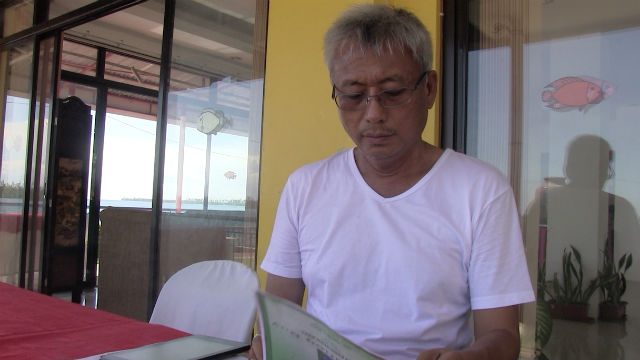
“We made it a no man’s land,” Oñate said. To address concerns, Oñate promised that he would have the ordinance revoked if yields declined after 6 months. “But after the second month, they reported that their yield almost doubled.”
Almost 2 decades since the program started, Tabuk has already served its original purpose, locals believe. Oñate claims fish supply in the town has grown steadily since the ordinance was enacted.
“In return for taking care of it, the mangroves gave us a bountiful produce and protection,” Oñate said.
Various studies show evidence that mangrove ecosystems are effective in protecting towns from coastal disasters. A study published on the Proceedings of the National Academy of Science (PNAS) said that “villages with wider mangroves between them and the coast experience significantly fewer deaths than one with no mangroves.”
Palompon’s experience during Haiyan became another tangible example of how important mangroves are.
Other low-lying towns without mangrove cover felt the full brunt of storm surges caused by Haiyan. In Tacloban City, the strong waves destroyed even the walls of its buildings. (READ: DENR to restore mangroves in Yolanda-hit areas)
In Palompon, while rooftops were ripped away by the strong winds, the Catholic Church – where Leticia and her family sought shelter – was spared from the storm surge.
“If we didn’t protect the mangroves, Palompon would’ve completely been wiped out,” Bacalla added.
Road to recovery
More than 7 months after Haiyan, Palompon is nearly back to normal. Tourists are coming in, local stores are open, prices of goods have stabilized, and fisherfolk and farmers have returned to their livelihoods.
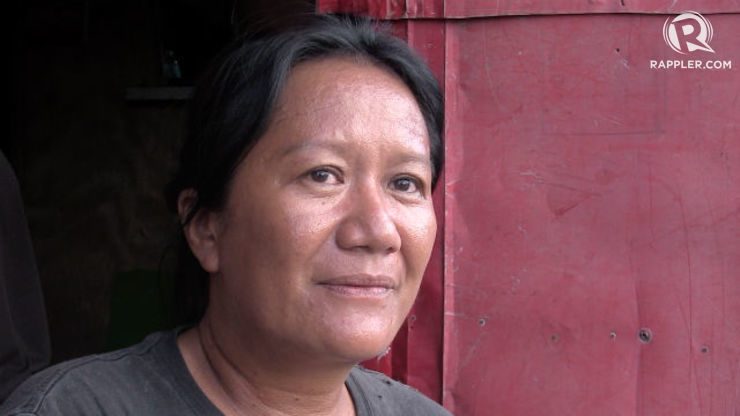
Leticia and her family haven’t fully recovered from the typhoon however. GI sheets (corrugated iron) make up the walls of her new house, donated by the local government, instead of plywood like in their old home.
Life is different now, she said. Her husband’s fish catch is nowhere near pre-Haiyan levels. Her 5 children were also affected by the disaster.
But she still feels lucky that they were spared from the strong waves and winds that hit their town. It is a good thing, she said that their local government prepared the community ahead. “We wouldn’t have a place to live if not for them,” she said.
“I thank the Lord that he saved us when the water got really high.” Little did they know that the town’s mangrove sanctuary also played a part.
Watch this video report.
– Rappler.com
Have a good story to tell about a group or individual involved in disaster preparedness and response education? Email us at move.ph@rappler.com.
The research for this case study was supported by the Friedrich Naumann Foundation for Freedom.
Check out the other case studies here:
- Tanay Mountaineers: A model of youth empowerment
- VIDEO REPORT: Tanay LGU and civil society work for disaster preparedness
- San Francisco: The island where all survived
- VIDEO REPORT: Disaster risk reduction in Camotes: The Purok system
- Pasig City: Learning from Ondoy, ready for the rain
- VIDEO REPORT: Pasig modernizes disaster management
- Rising from the rubble: How Palompon is recovering from Yolanda
- VIDEO REPORT: Environmental protection spares Leyte coastal town

Add a comment
How does this make you feel?
There are no comments yet. Add your comment to start the conversation.